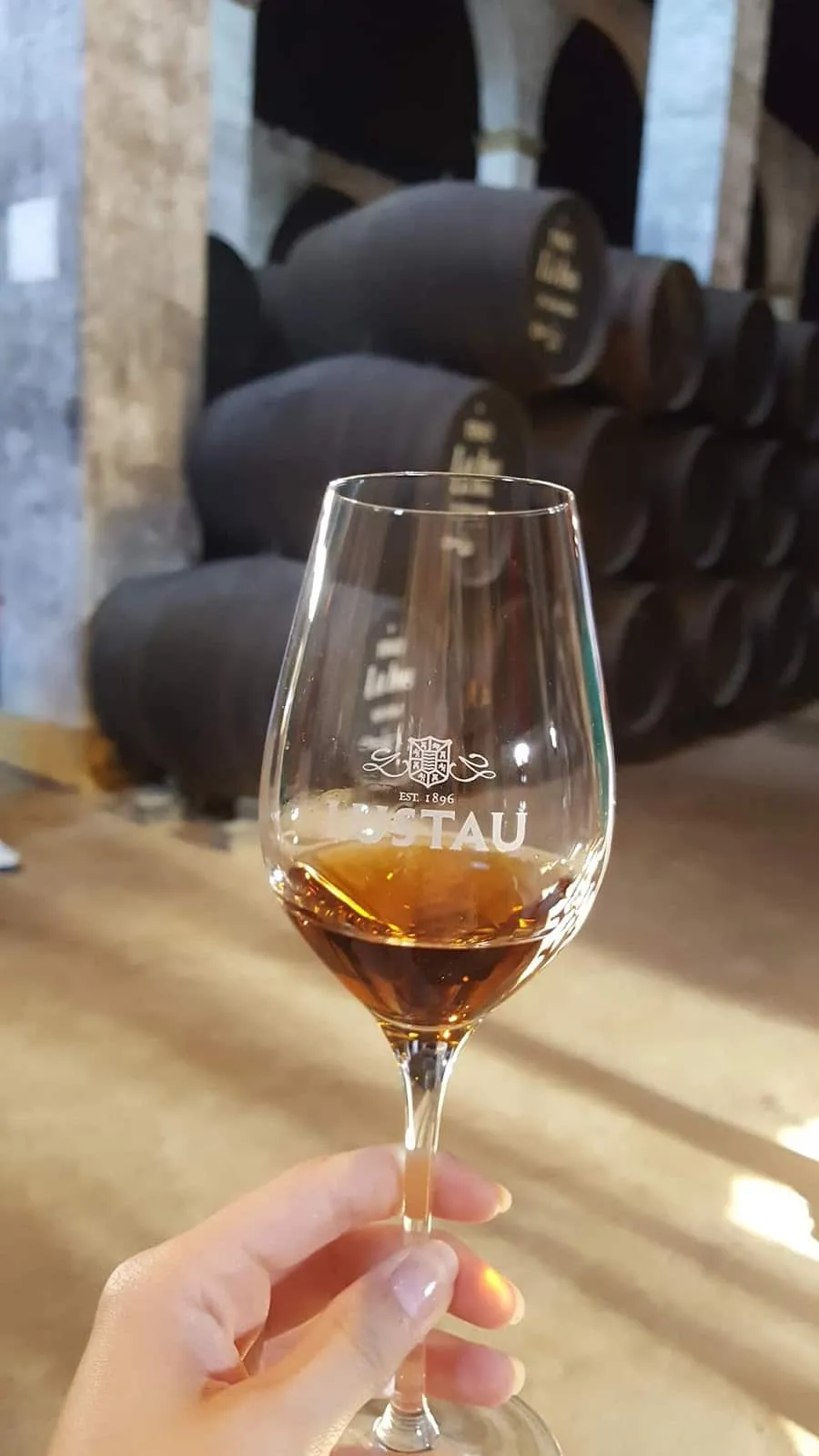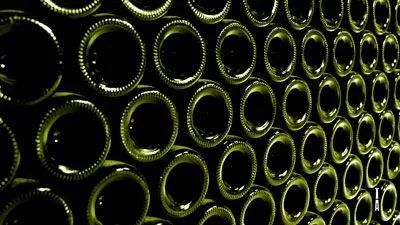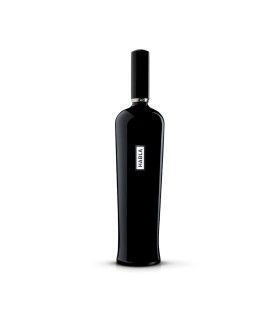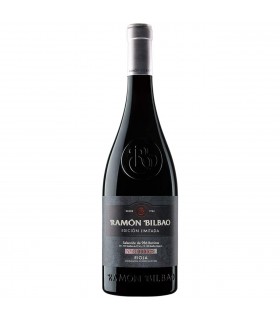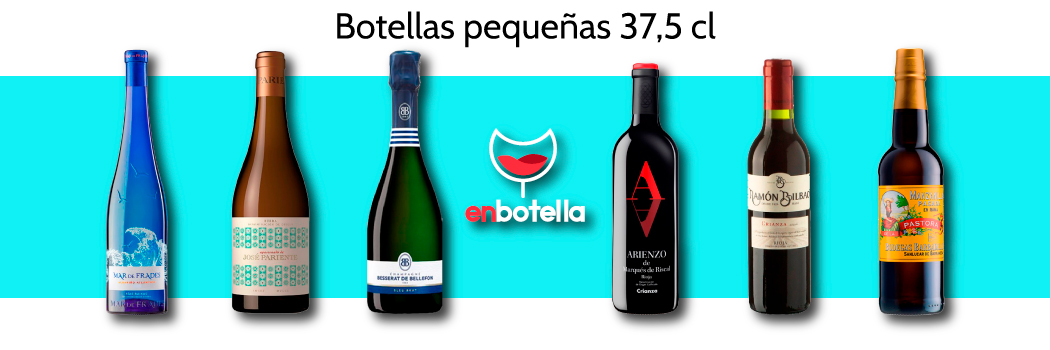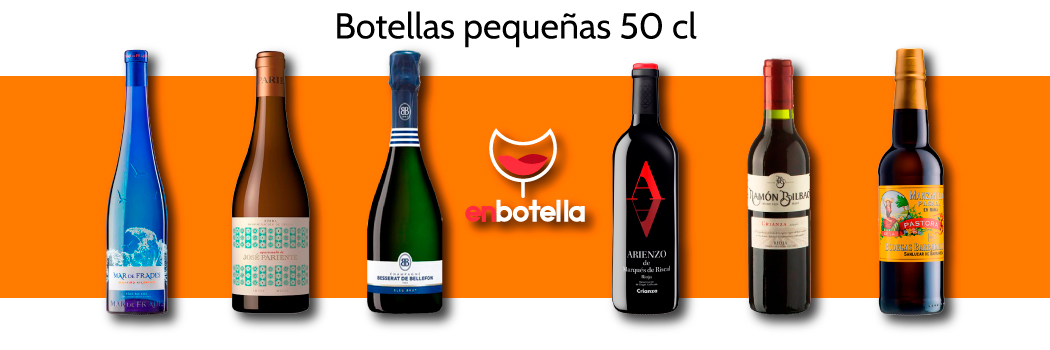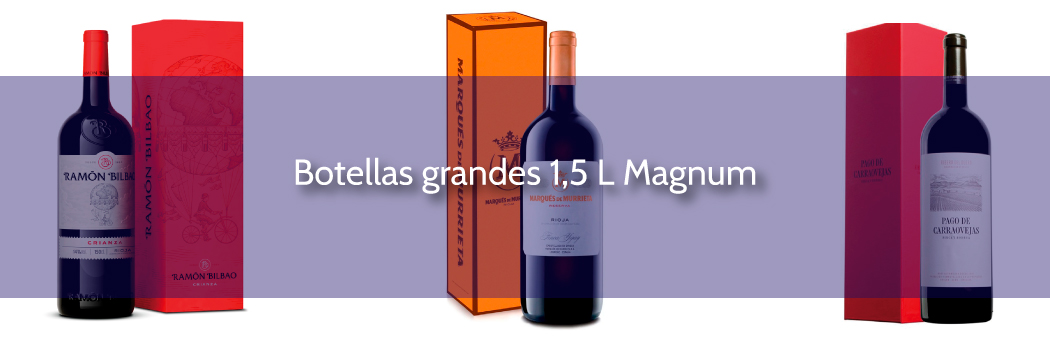Wine Bottle Sizes Which ones are there?
Today we tell you all about the sizes of wine bottles: can you imagine which one is the biggest or the smallest? Let's find out!
Origin of wine bottles
Before we start talking about their size, let's remember that there are and have been many ways of transporting, storing and preserving wine throughout its history. The supports range from clay amphorae, animal skins or bag in box, but the star is undoubtedly the glass bottle
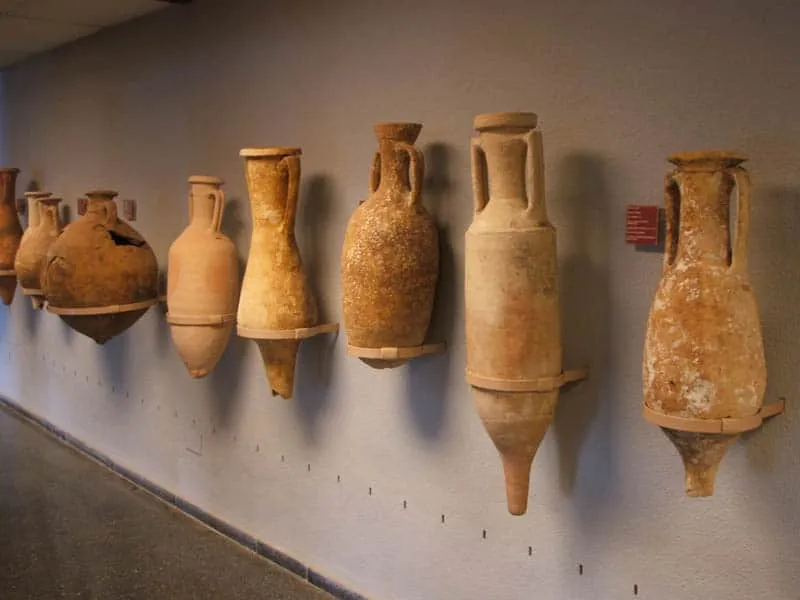
Glass bottles are easy to transport, durable, usually have low cost, do not allow the entry of oxygen to oxidise the wine and do not contaminate flavours. Thus the glass bottle is the preferred container for all those who want to enjoy a good wine with all its flavours and aromas.
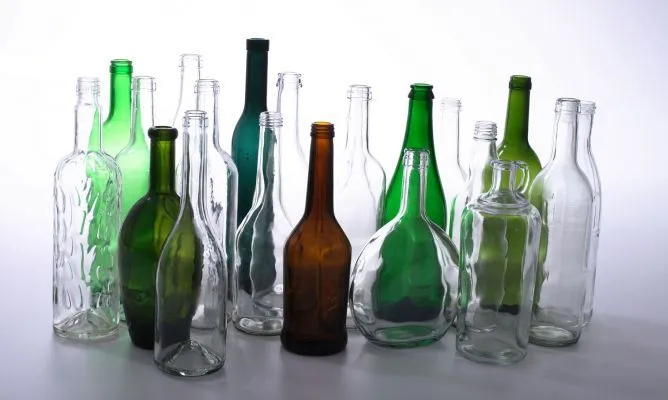
Curiously, the creation of glass bottles as we know them today is linked to three British characters:
- In 1620, Robert Mansell, in his furnaces, achieved a glass that was resistant to being treated with charcoal.
- Kenelm Digby, shortly afterwards, put the first bottles into operation.
- In 1821, Rikettes, put into operation the first machine to make bottles in series.
So, in 1970 the major powers in the industry signed an international treaty to establish 0.75l (750ml) as the capacity of the marketable (standard) wine bottle.
Wine is photosensitive, therefore, in order to interrupt ultraviolet radiation, it was decided to use green or dark green glass. This is the case with red wine. In white wine bottles, as it is a wine that is not kept for a long time, the glass is transparent.
The different sizes
Now we will order from smallest to largest their formats and their curious names.
Fourth bottle (piccolo or Benjamin)
From 0,1875lt. to 0,2lt. ¼ bottle Standard
Fourth or Benjamin (for the champagne), a name that we even identify with a wine cellar and which, designed to be shared by a couple, is ideal for them to launch special designs.
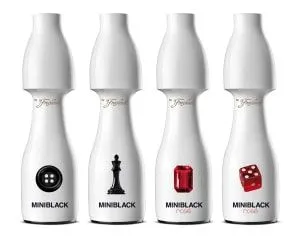
Its capacity is approximately that of a wine glass.
Half bottle (demiboite)
0,375lt. ½ bottle Standard
They are perfect as a gift for weddings, communions, etc. It is also used in the aircraft cabin as it is more comfortable and has less capacity.
It is perfect as a gift for weddings, communions, etc.
Standard Bottle
0.75lt. (750ml)
Standard Bottle
What we know as the standard bottle has a capacity of 0.75 litres and there are several versions of why this size exists.
- For some, this is the lung capacity of a man. When the bottles were made one at a time, by hand, it was the amount of air that could be expired through the reed to make the bottle.
- For others, it refers to it being the ideal amount to consume at a meal by a family in moderation.
- Based on the commercial interests that always surrounded wine, it is said thatthis measure is the closest measure to 1/5 gallon, an English measure and historically great wine merchants.

Shapes and colours of wine bottles
.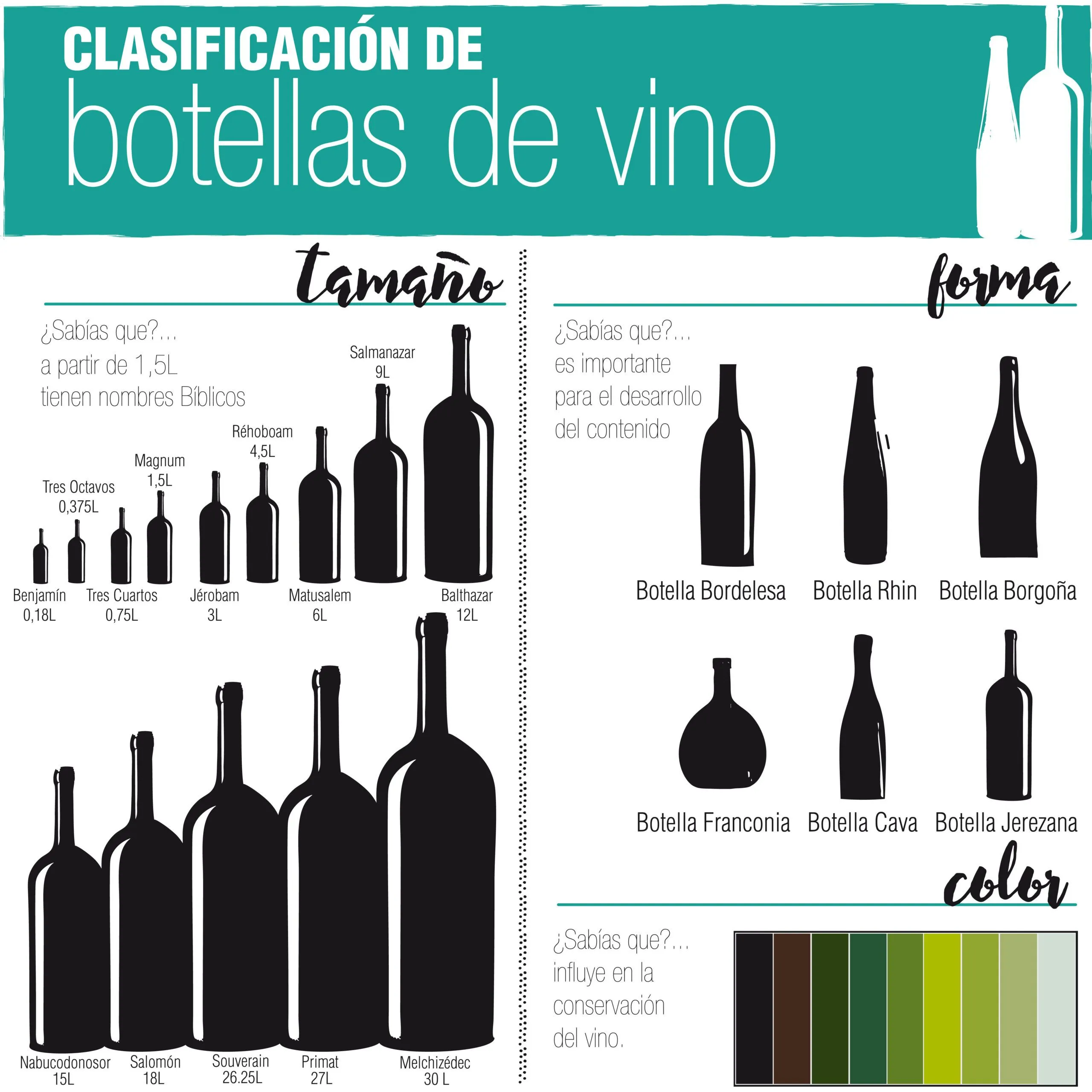
- ordelesa. It is the most common shape. It measures 27.9 cm and has a diameter of 7.66 cm. Its name comes from Bordeaux.
- BBurgundy. It is the oldest known type of bottle. It measures 28.7 cm and has a diameter of 8.5 cm. It is named after the French region of Burgundy..
- Rhine. A shape widely used for white wines. It measures 35 cm and has a diameter of 7.6 cm. It is named after the Rhine River in Germany.
- Cava or champagne. It is characterised by the thickness of the glass, which allows it to withstand the pressure of the bubbles. It measures 30 cm and has a diameter of 8.84 cm. It is named after the French town of Champagne-Ardenne.
- Jerezana. Used for bottling sherry wine and Portuguese liqueurs. It measures 28.6 cm and has a diameter of 7.5 cm. The origin of its name comes from the Cadiz town of Jerez de la Frontera.
- Franconia. Its shape is quite different and peculiar as it is wider and lower in height and its shape is not cylindrical but flattened. It is 22 cm high and 15 cm wide. It is named after a German wine-growing area.
Magnum
1,5lt 2 bottle Standard
It is very common, especially when the number of diners is higher, to order a Magnum containing 1.5 litres or, what is the same, two bottles, for example on occasions such as Christmas lunches or dinners, when there are many people. This is a very popular size in the great Bordeaux wine cellars
The magnum wine bottle is said to be the best bottle size for ageing wine.
Here we present you the best selection of Magnum format wines we have for bottled wines.
From this size we will start naming them with names of biblical characters, and their real use is very limited, being more museum or exhibition bottles than real consumption units.
Double Magnum or Jeroboam
Double magnum in the world of still wine and Jeroboam in the world of champagne.
3lt. 4 bottle Standard
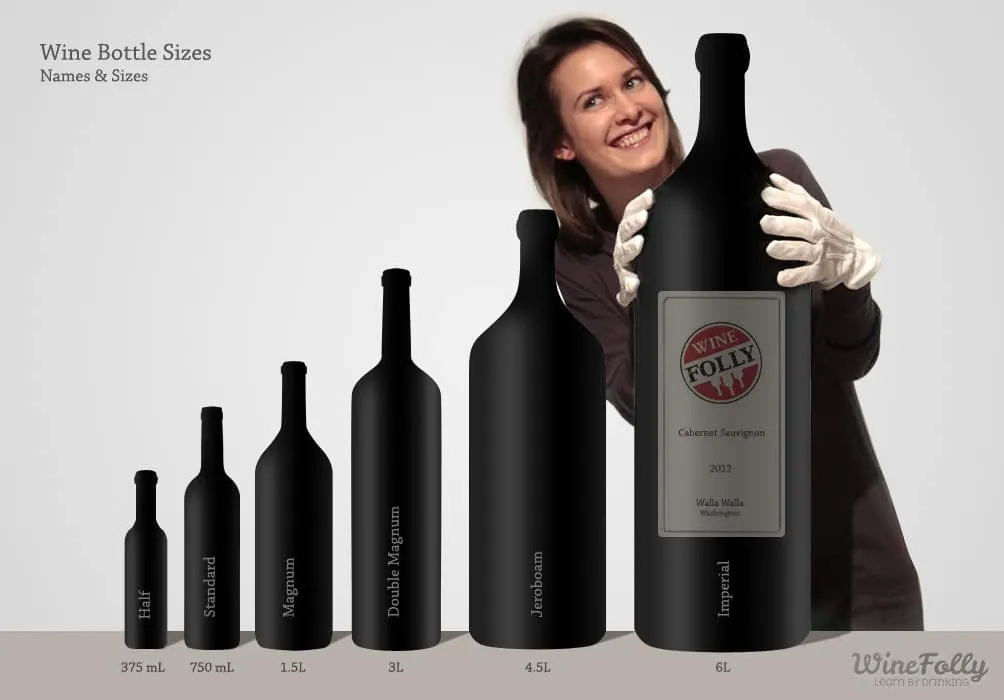
The name of this bottle comes from the first king and founder of Israel.
Rehoboam
4,5lt. 6 bottle Standard
Son of Solomon, King of Israel from 997 BC;
Matusalen or imperial (champagnes)
6lt. 8 bottle Standard
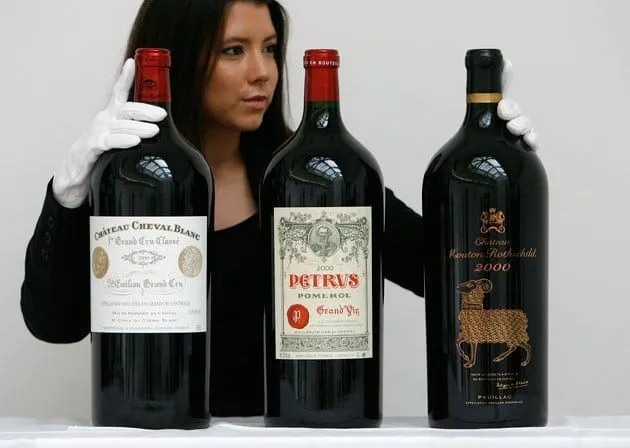
Different Methuselahs
Methuselah was the oldest man in the world according to the bible. And if a person drinks this bottle often I find it difficult to match the longevity of Methuselah.
Salmanazar
9lt. 12 bottle Standard
Salmanazar was an Assyrian king according to the bible
Balthazar
12lt. 16 bottle Standard
It is named after one of the wise men from the east.
Nebuconodozor
15lt. 20 bottle Standard

Nabuconodozor of a Bordeaux
Receives his name from the King of Biblical Babylon.
Melchior
18lt. 24 Standard bottle
This imposing 18-litre bottle, not suitable for teetotalers or people with back problems, needs a mechanism to be poured.
It is named after another of the magi.
Salomon
25lt 33 bottle Standard
Primat
27lt. 36 Standard bottle
Large bottle and the least produced in this range, also the only one of these sizes with no relation to biblical names.
Melchizedek (The largest of all)
Melchizedek (The largest of all)
30lt. 40 bottle Standard

Melchizedek was king of Jerusalem and priest of the high God, and in some writings he is considered the son of Noah.
Therefore, his bottle once opened may remind us of the flood of wine because we will need many people to drink the 40-litre capacity of the bottle and a good place to rest after the coming wine storm.
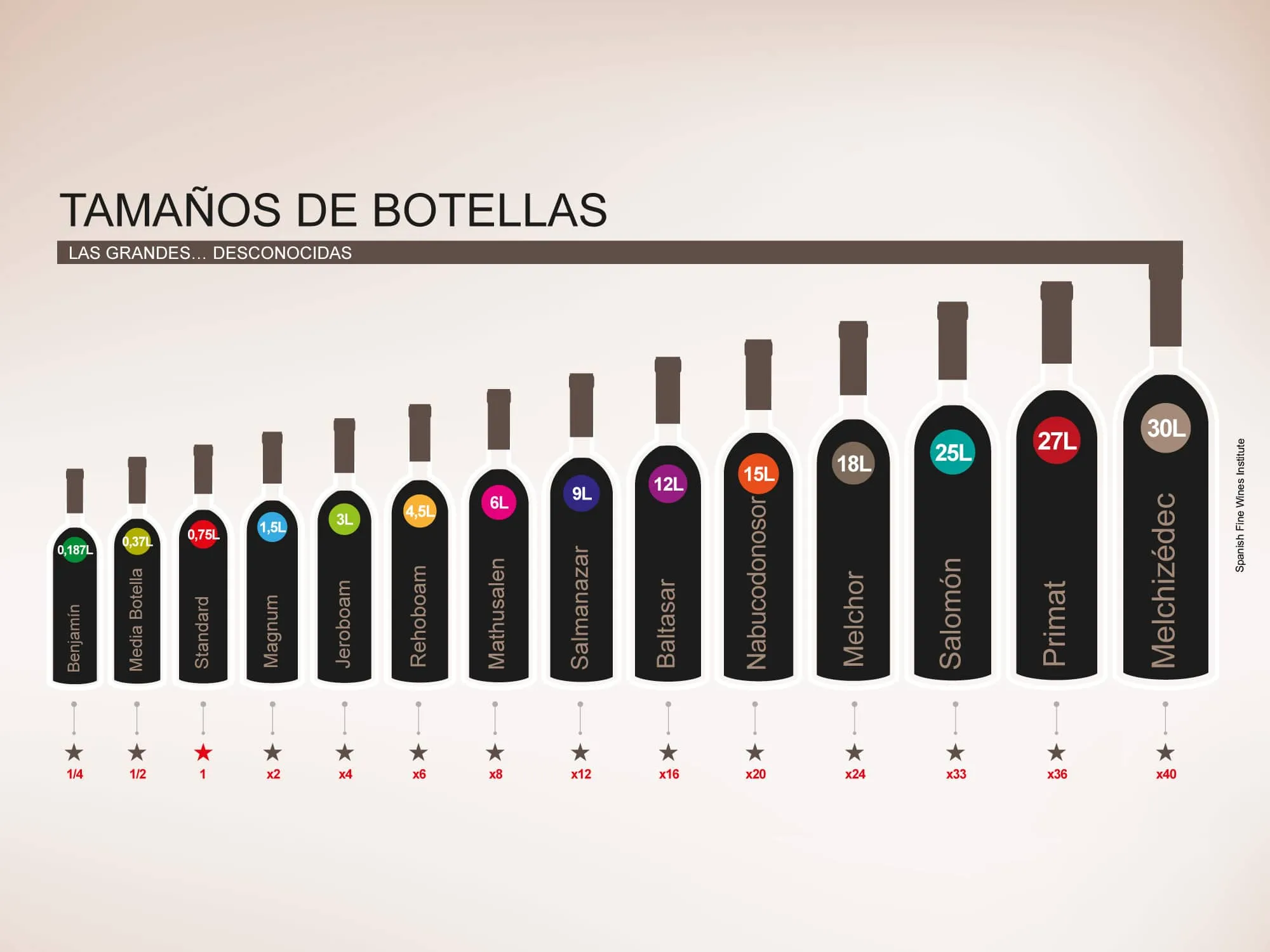
Did you imagine there could be so many bottle sizes?
We hope you liked the article and don't forget to comment it on our social networks and share it with other enbotellados!
Did you know that...?
As a general rule and main benefit of wine bottle size, we can say that, the larger the bottle size, the longer the storage period. For example, a half-bottle wine will reach its zenith much quicker than the same wine in magnum format.
